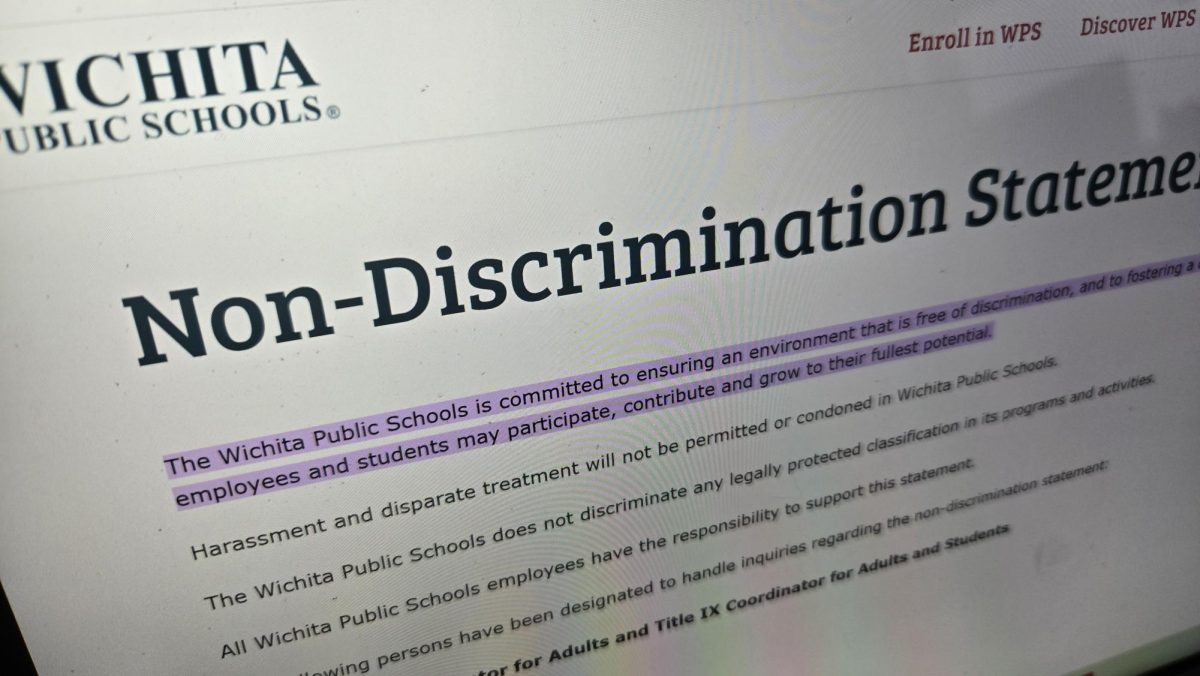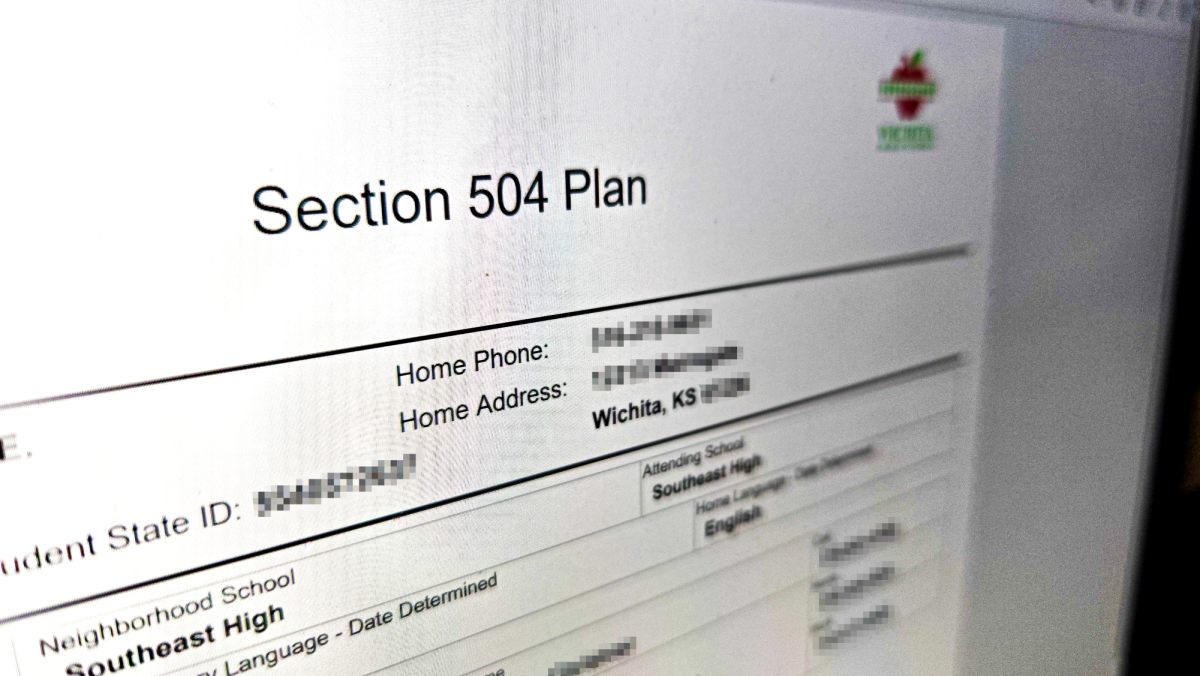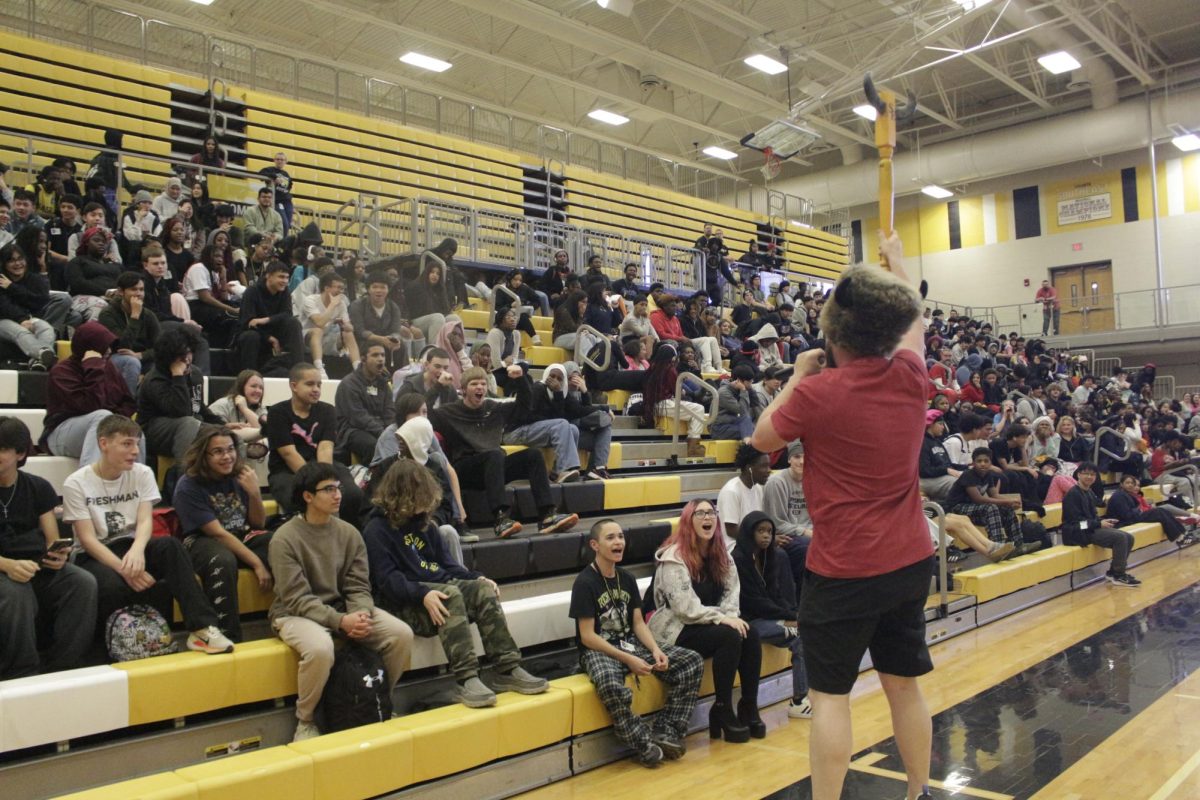As you walk through the grocery store, most foods and produce you see are sourced from other countries. It’s become a popular movement for people to seek out locally sourced foods and ingredients. According to Adrea Katzenmeier, USD259 nutrition services assistant director, locally sourced foods are slowly making their way onto the school menu.
“We locally source all the milk for every school. It comes from Hiland Dairy,” Katzenmeier said. “We also source our taco meat from a local meat producer. Our produce comes from us very locally, usually Kansas and Colorado.”
However, there are some foods that are simply never going to be local. While there are items like milk and meat that can easily be produced here, some items are harder to get.
“We don’t grow bananas in the United States, so they’ll buy it from Guatemala and then give it to the produce company in Kansas City, and they send it to us,” Katzenmeier said.
A lot of people prefer locally sourced food because they often associate it as healthier and having a higher nutritional value. They don’t want to rely on heavy processing to allow it to travel long distances, and they also may be concerned by the immediate access they have to all sorts of foods that aren’t in season or are from across the world.
When we asked the students if they think school food is actually nutritious, 80% of the responses were a solid no. The other 20% replied with
“Sometimes” or “Probably not.”
“There are government regulations, under the United States Department of Agriculture, that regulates what we can sell to students during the school day on school property. We have to offer you a certain number of ounces of meat, a certain number of ounces of grains.” Katzenmeier said.
As you stroll through the lunchroom after lunch, the trash cans are filled with uneaten food. When we asked the students about this, some students said they threw away foods from main dishes such as the burritos, chili, and breadsticks, to the side dishes such as the milk and bananas.
Although the district is attempting to incorporate local foods and providing the needed nutrition, a huge amount of it is being thrown in the trash. Luckily, they’re working on a system of measuring, reducing, and composting the waste. Hopefully this new system will be implemented soon in order to keep our school lunchroom thriving and positive.






